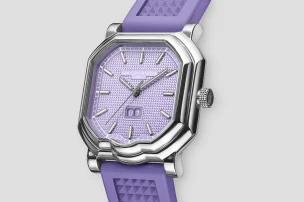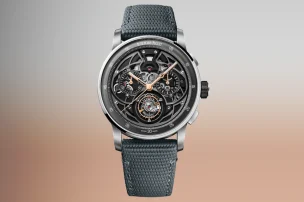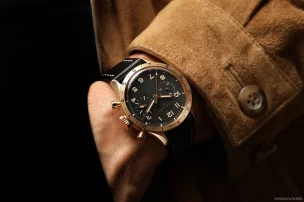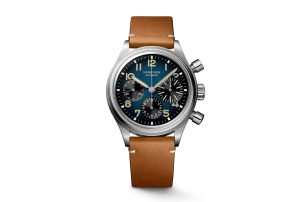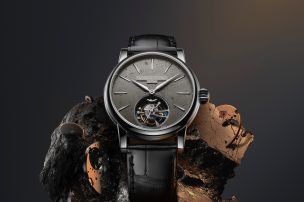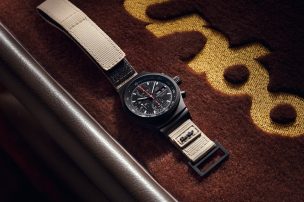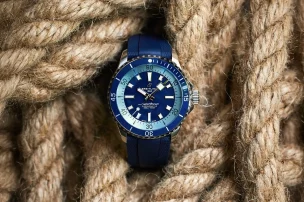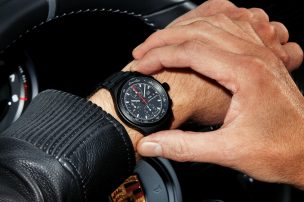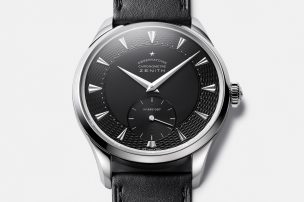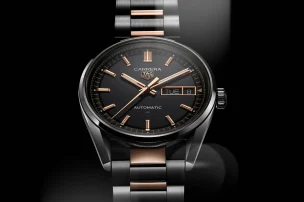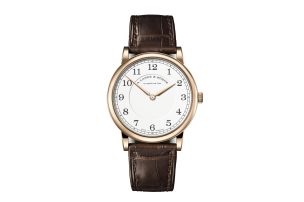
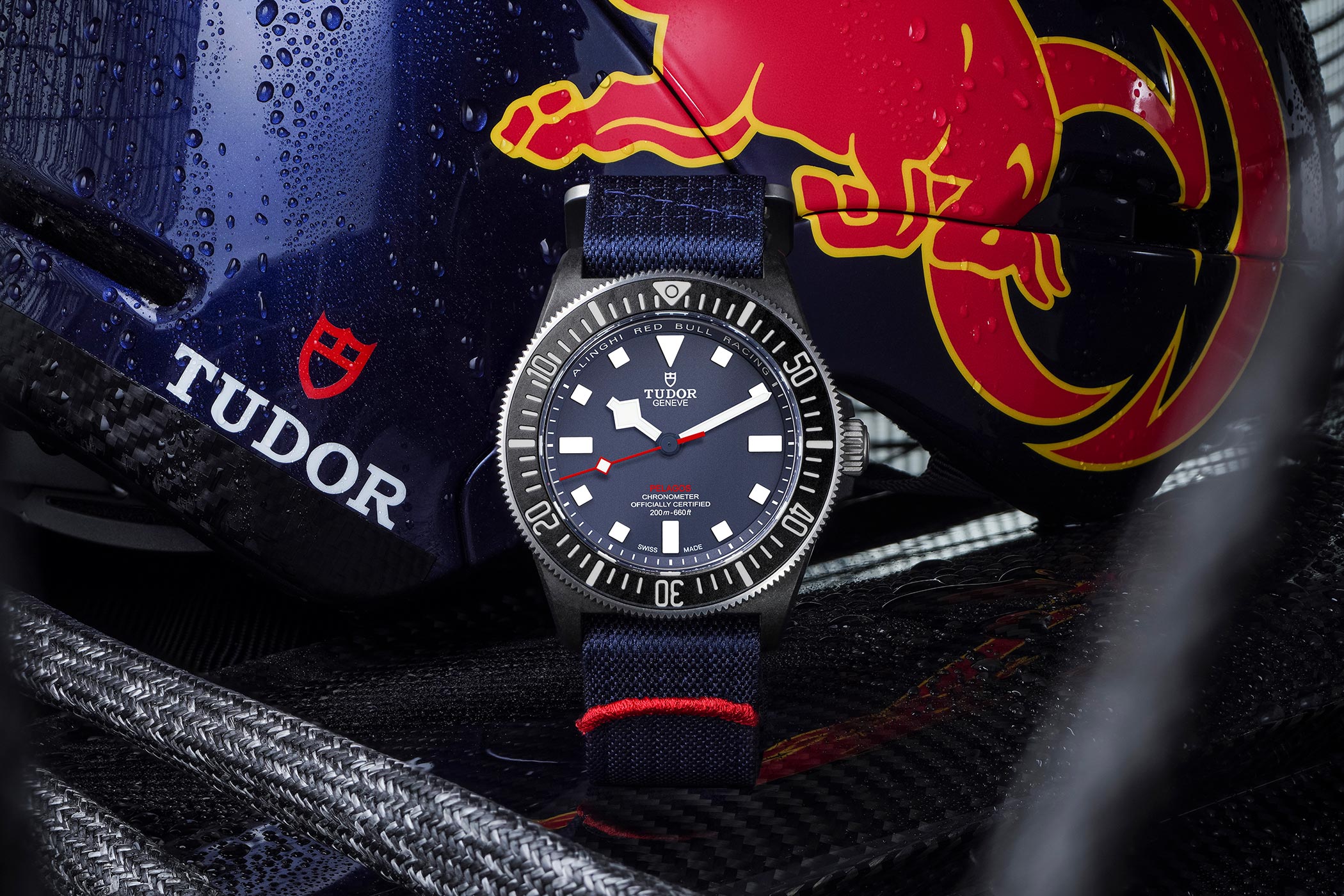
Setting sail with Alinghi Red Bull Racing: Tudor Pelagos FXD and FXD Chrono
A year ago, Tudor entered a partnership with Alinghi Red Bull Racing. This year, the joint hydrofoil AC75 (America’s Cup 75) racing yacht set sail. It is the first time that Tudor advances into competitive yacht racing. In celebration, two new variations of the legendary Pelagos are released. The high-speed boat’s design inspired the Pelagos FXD timepiece and the chronograph Pelagos FXD Chrono, which were both manufactured in the Swiss Le Locle.
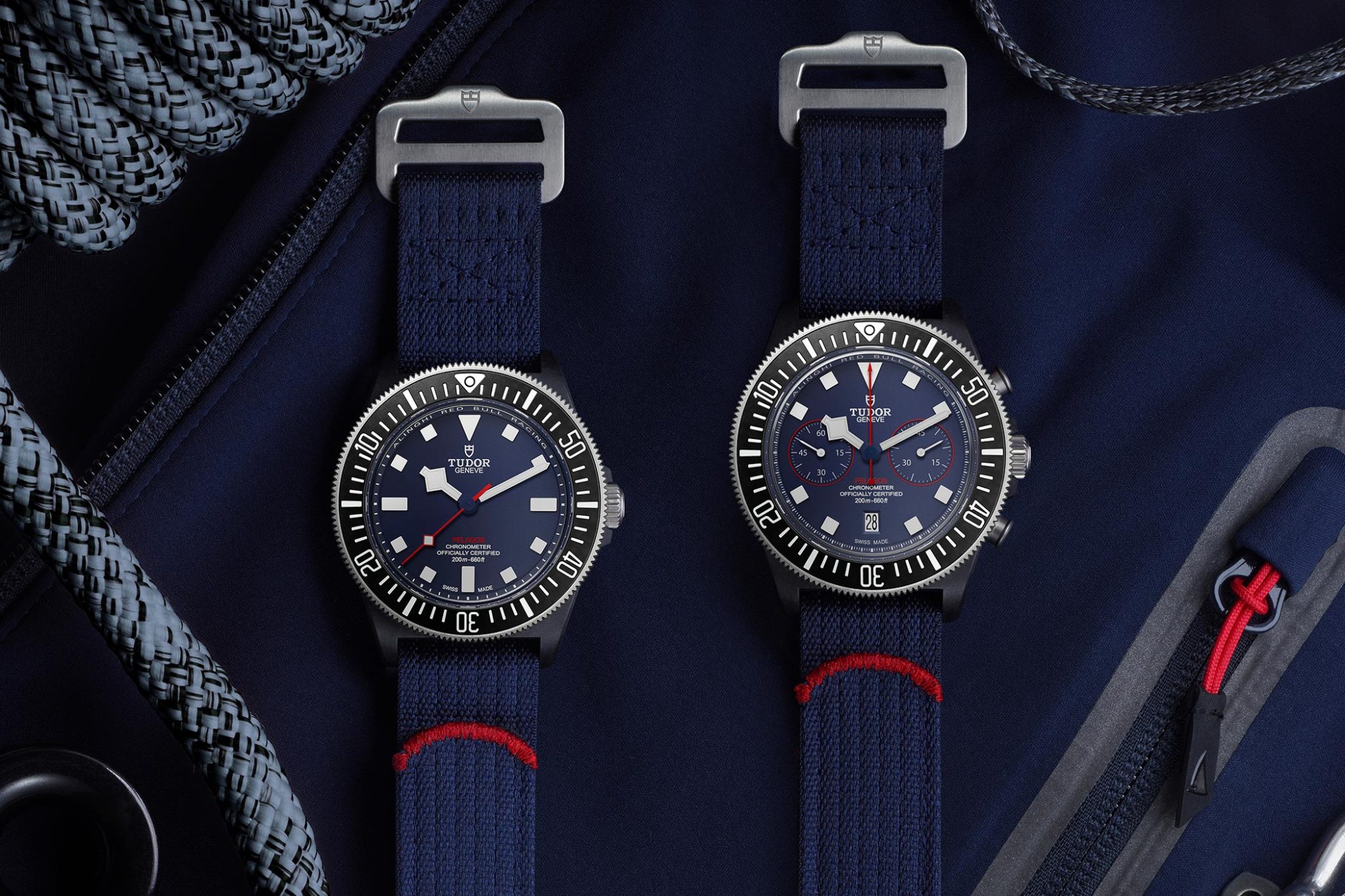
A question of composition: the case
The case of the FXD is characterised by its fixed strap bars and was developed with divers from the French Navy. Inspired by the components of the hydrofoil AC75, Tudor uses a material combination of high-tech carbon, titanium, and stainless steel in the Pelagos FXD and FXD Chrono for the first time.
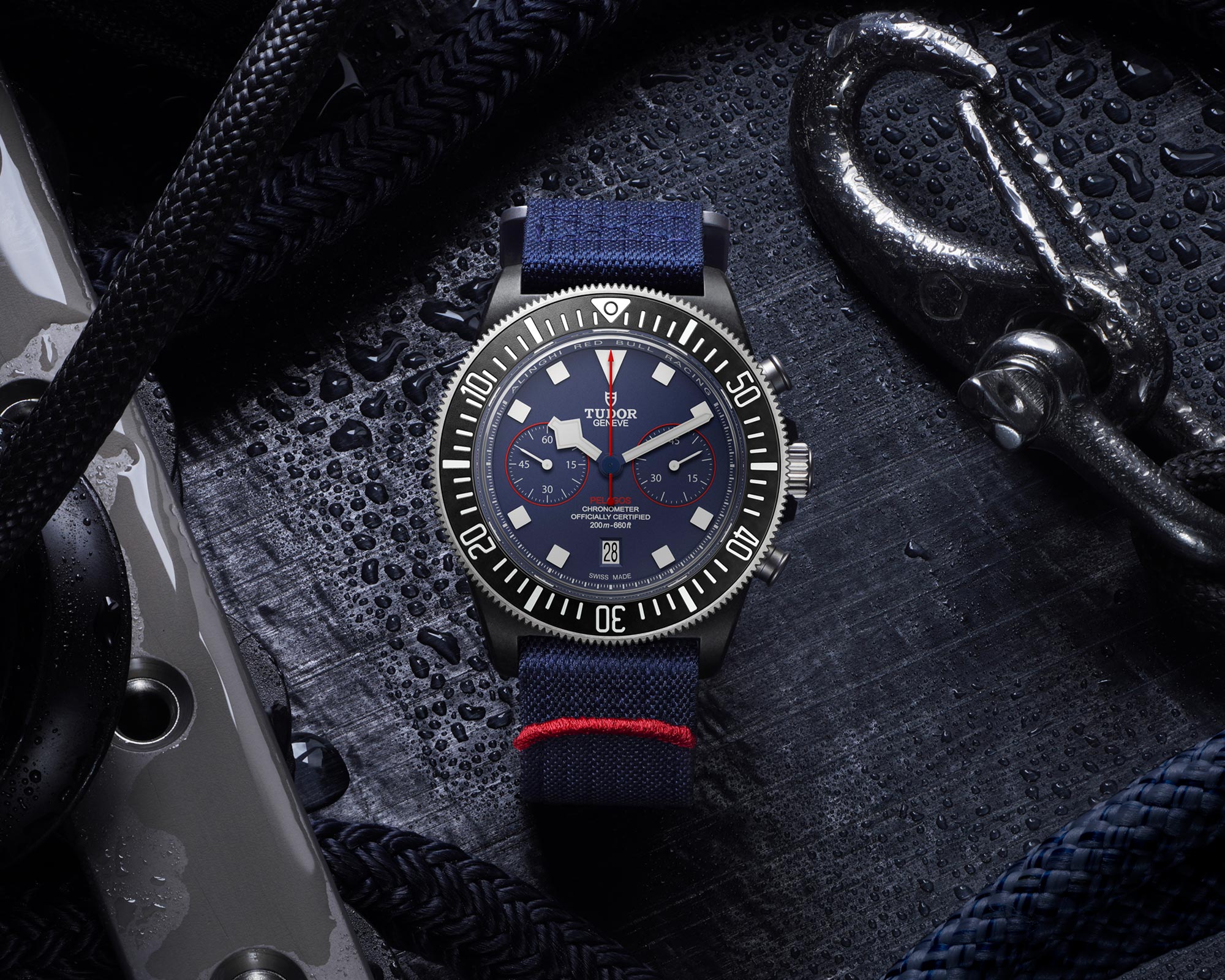
Both models have a matte black carbon case and a bi-directional titanium bezel with a carbon insert, matching the case in colour. The bezel features a retrograde 60-minute graduation with a Super-LumiNova coating and 120 notches. Thereby, a better overview during the countdown to the start of the regatta is provided. The screw-down crown and pushers (of the FXD Chrono) also consist of titanium, with the Tudor logo in relief on the crown. However, the caseback, bearing an engraving of the Alinghi Red Bull Racing logo, and the movement container are made of 316L stainless steel. In addition, a flat sapphire crystal protects the dial.
Size and water resistance of the case
As similar as the cases are, they differ in size. The Pelagos FXD has a case diameter of 42 mm and is 6.5 mm high. In contrast, the case of the Pelagos FXD Chrono measures 43 mm in diameter and 7.23 mm in height. Both timepieces are water-resistant up to a depth of 200 m.
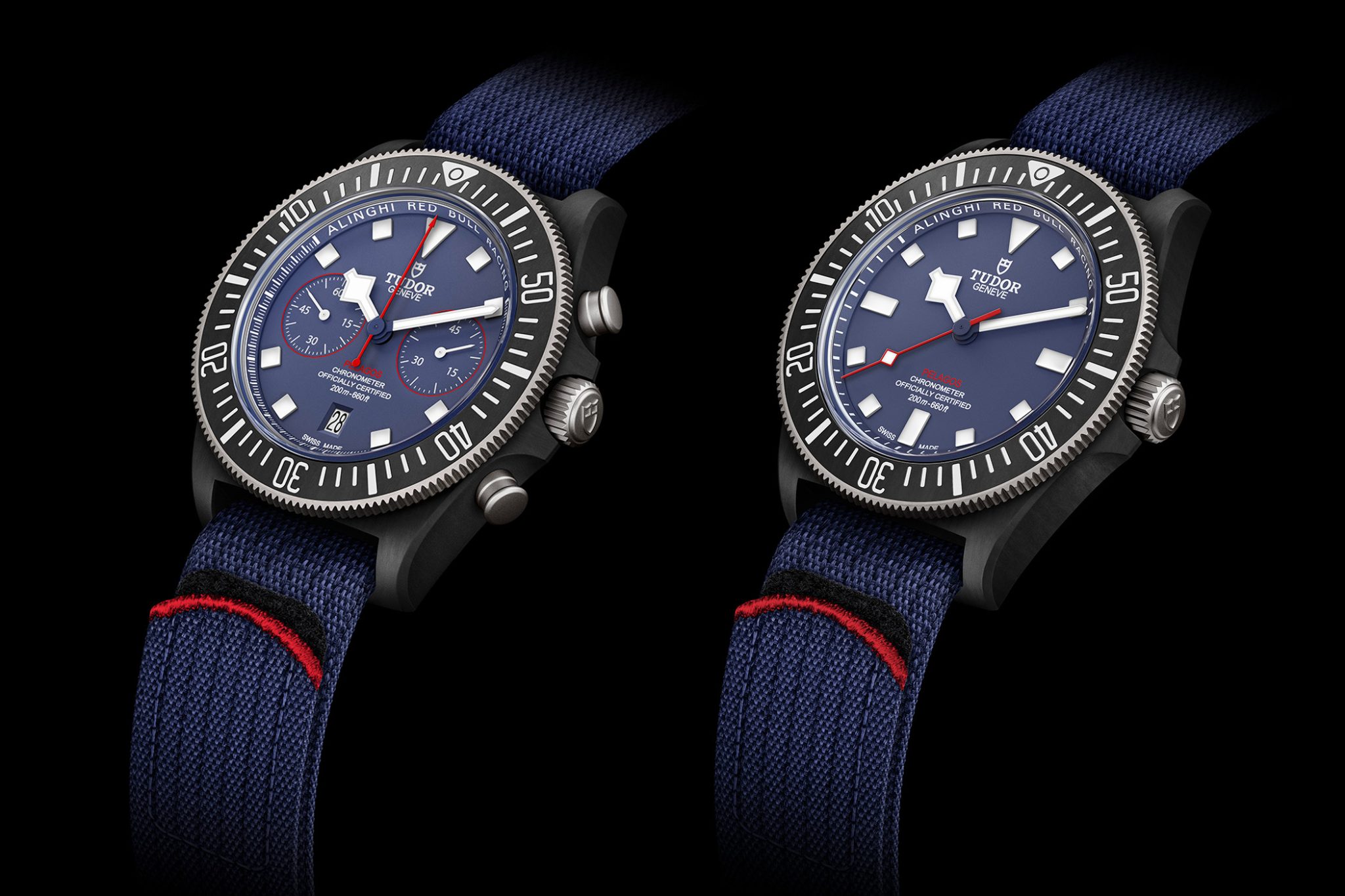
The dials of the Pelagos FXD and FXD Chrono
The design of the matte blue dial shows some similarities between the two models. An “Alinghi Red Bull Racing” lettering between the 10 and 2 o’clock markers adorns the 45° rehaut. Square-shaped, luminous ceramic monobloc composite constitutes the hour markers for a better legibility. Furthermore, the well-known Tudor “snowflake” hands are also made of ceramic and coated with Super-LumiNova.
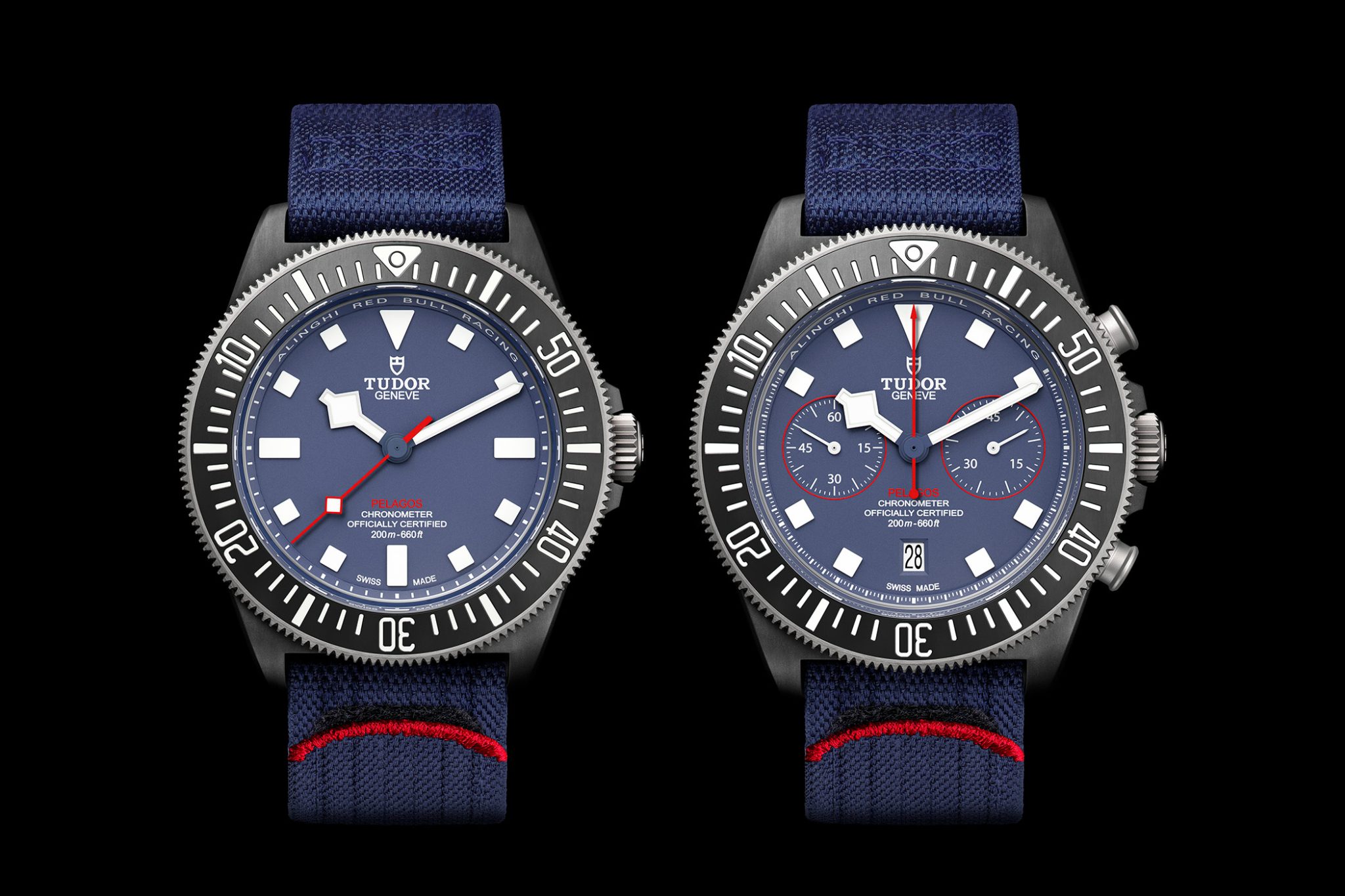
Differences in the dial design
Both versions display the hours and minutes with the same hand shape. Yet, there are subtle differences in the design of the red-coloured second hands with stop-seconds. While the central seconds hand of the timepiece has a diamond-shaped ceramic insert to match the “snowflake” hands, the central chronograph second hand of the Pelagos FXD Chrono features a pointed tip.
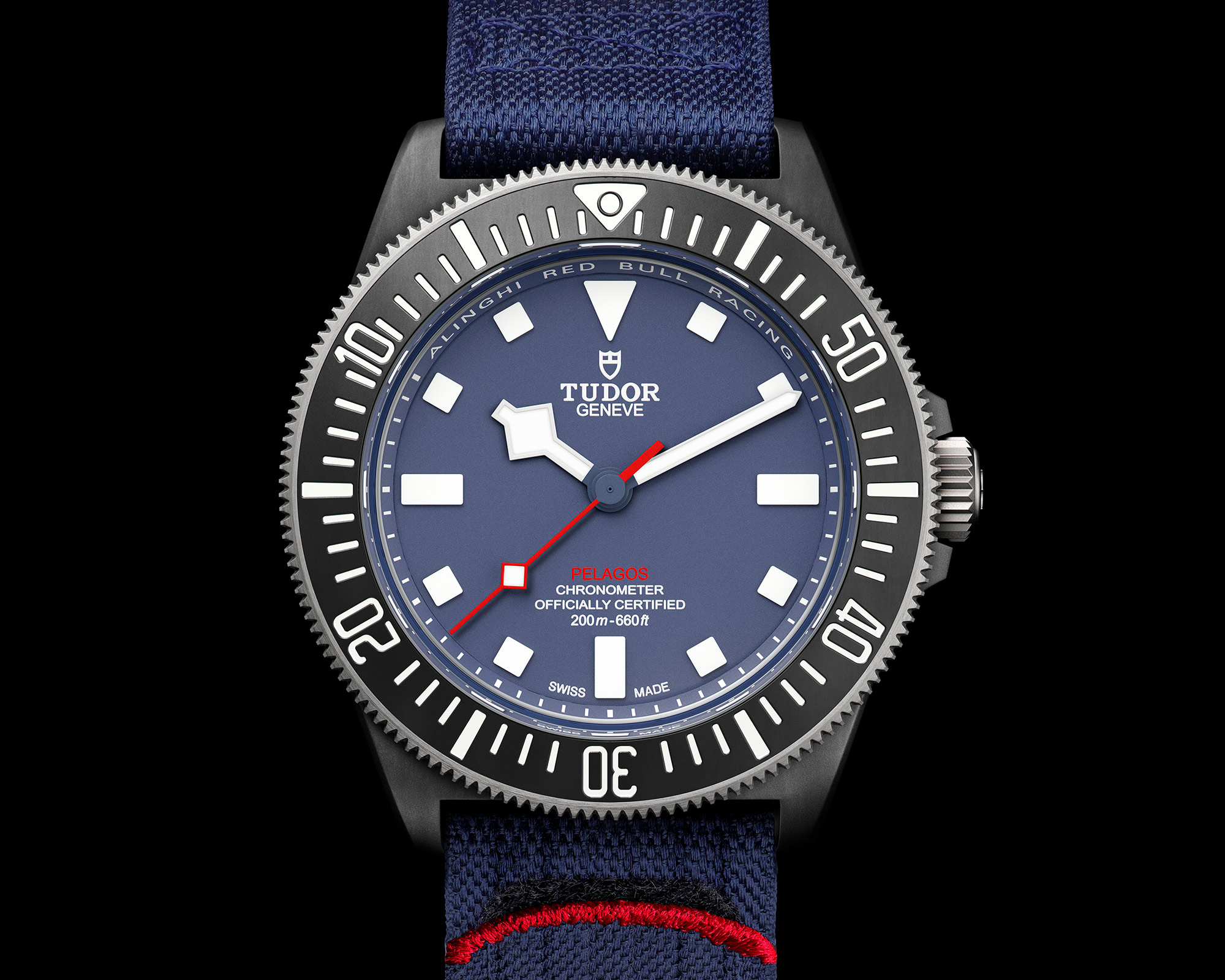
However, the subdials on the Pelagos FXD Chrono exhibit the biggest difference between the two dials, which are not present on the Pelagos FXD. At 3 o’clock a 45-minute subdial can be found, while the small seconds are placed at 9 o’clock. Inspired by the red stripes on the hull of the AC75, a red frame surrounds the subdials. In addition to these chronograph functions, there is a date display at 6 o’clock with a rapid adjustment without non-correction range.
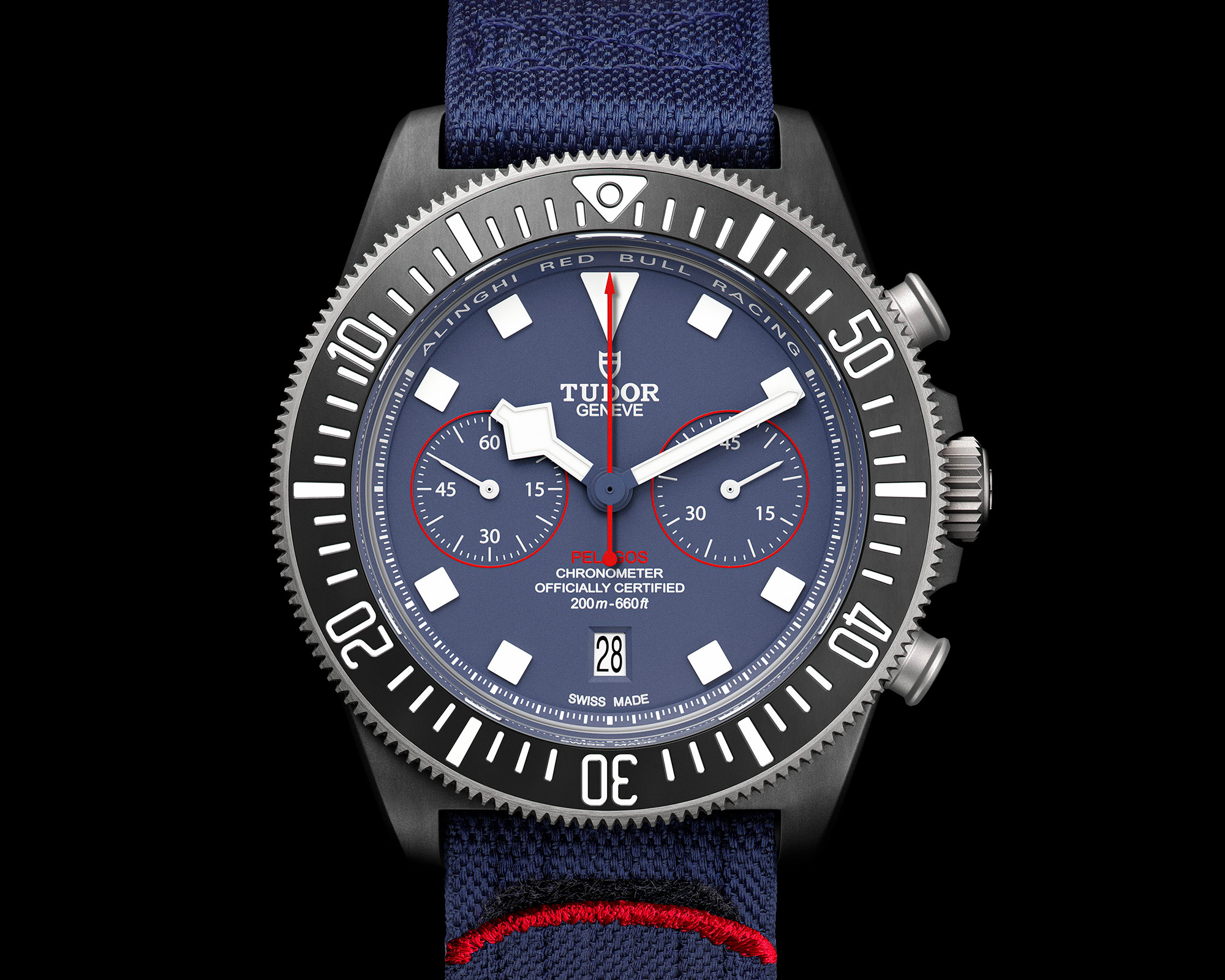
The movements of the Pelagos FXD and the FXD Chrono
As they offer varying functions, the Pelagos FXD versions host different movements. The calibre MT5602 from the Tudor factory at Kenissi is embedded in the case of the Pelagos FXD. With this automatic movement, the rotor system winds in both directions, and a bridge with a two-point anchoring holds the large balance wheel in place.

For the first time Tudor uses a chronograph calibre, the MT5813, in a case with fixed strap bars. This movement is based on the Breitling 01 calibre with a regulating organ developed by Tudor. To operate the chronograph functions, the movement is equipped with a column wheel mechanism and a vertical clutch.
Common features of the movements
Both movements feature an anti-magnetic silicon balance spring, a large variable-inertia balance and an open-worked tungsten monobloc rotor. Likewise, the surfaces of both movements showcase sandblasted, polished, and laser-finished textures – with the Pelagos FXD presenting a mostly polished look and the Pelagos FXD Chrono having a matte finish. The movements oscillate at 4 Hz and have a power reserve of 70 hours. What’s more, both are COSC certified.
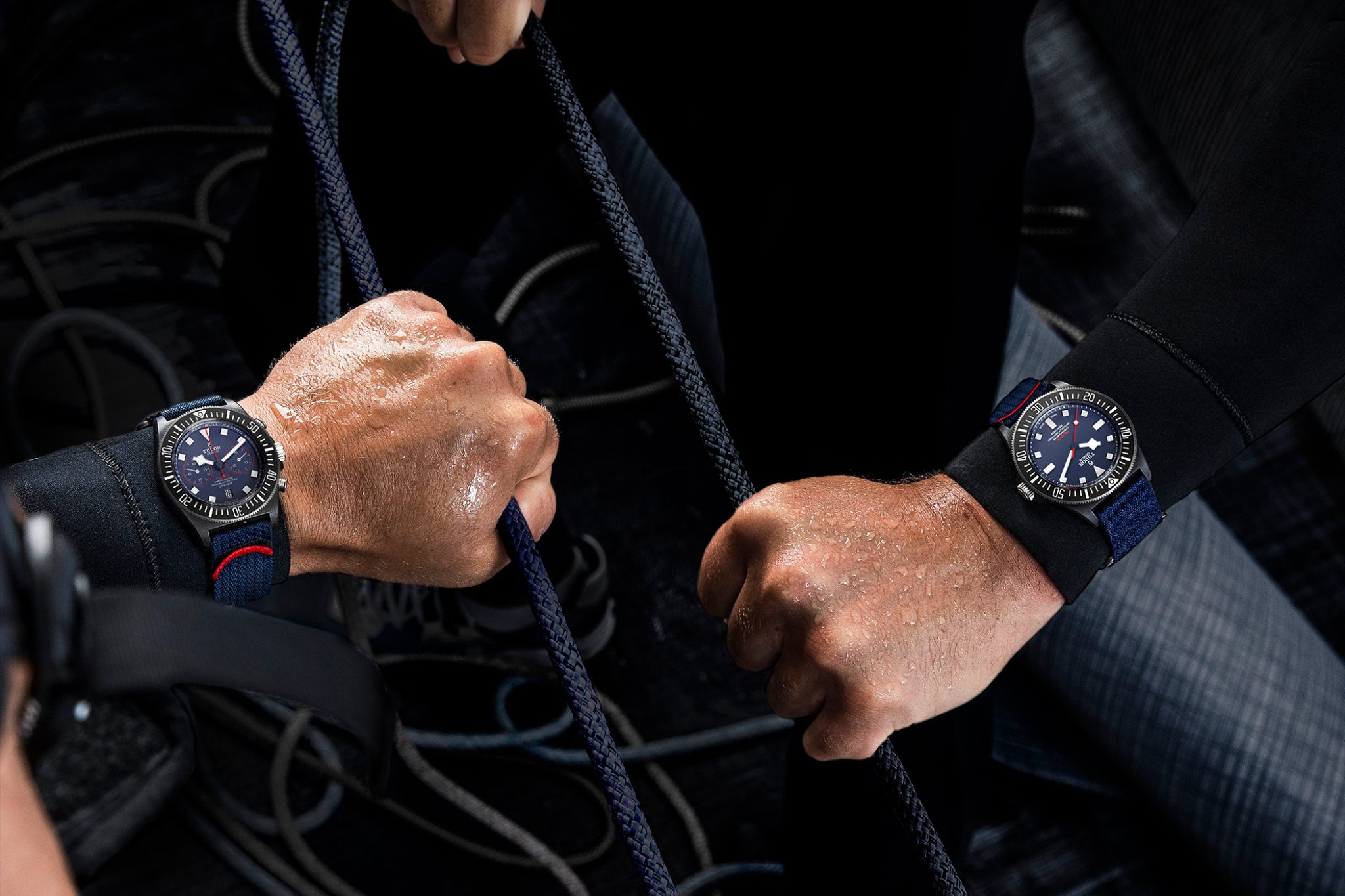
Strap, price, and availability
A 22 mm wide navy blue “Team Blue” strap in jacquard fabric with red accents, a titanium D-pin buckle, and self-gripping fastening system, complete both models. In terms of price, the Pelagos FXD is available for 3,590 € and the Pelagos FXD Chrono for 4,960 €.
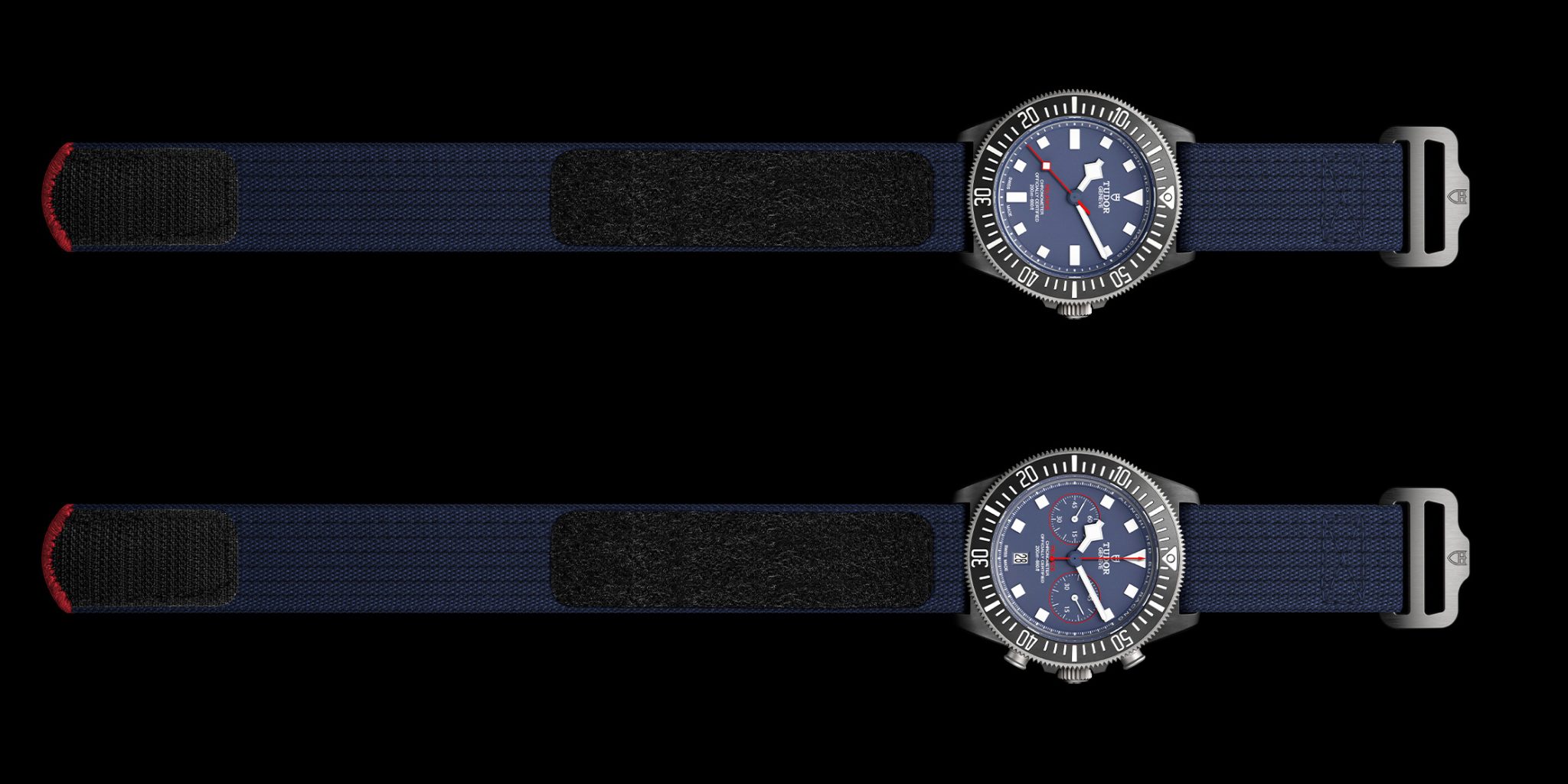
FEATURES
Pelagos FXD Chrono
25807KN (Pelagos FXD Chrono)
Height (Pelagos FXD): 6.5 mm
Diameter(Pelagos FXD Chrono): 43 mm
Height (Pelagos FXD Chrono): 7.23 mm
MT5813 (Pelagos FXD Chrono)
Pelagos FXD Chrono: hours, minutes, seconds, date, 45-minute-totaliser, small seconds
EUR 4,960 (Pelagos FXD Chrono)
